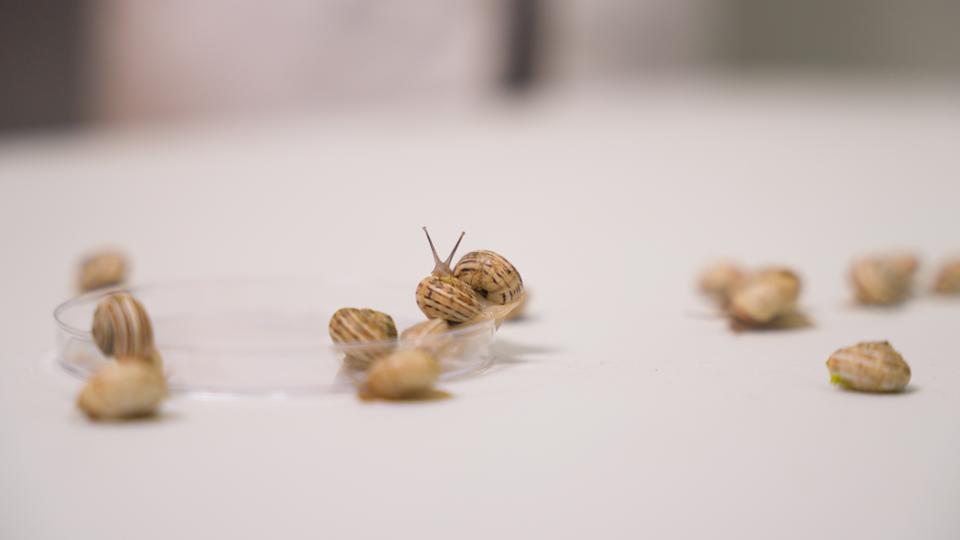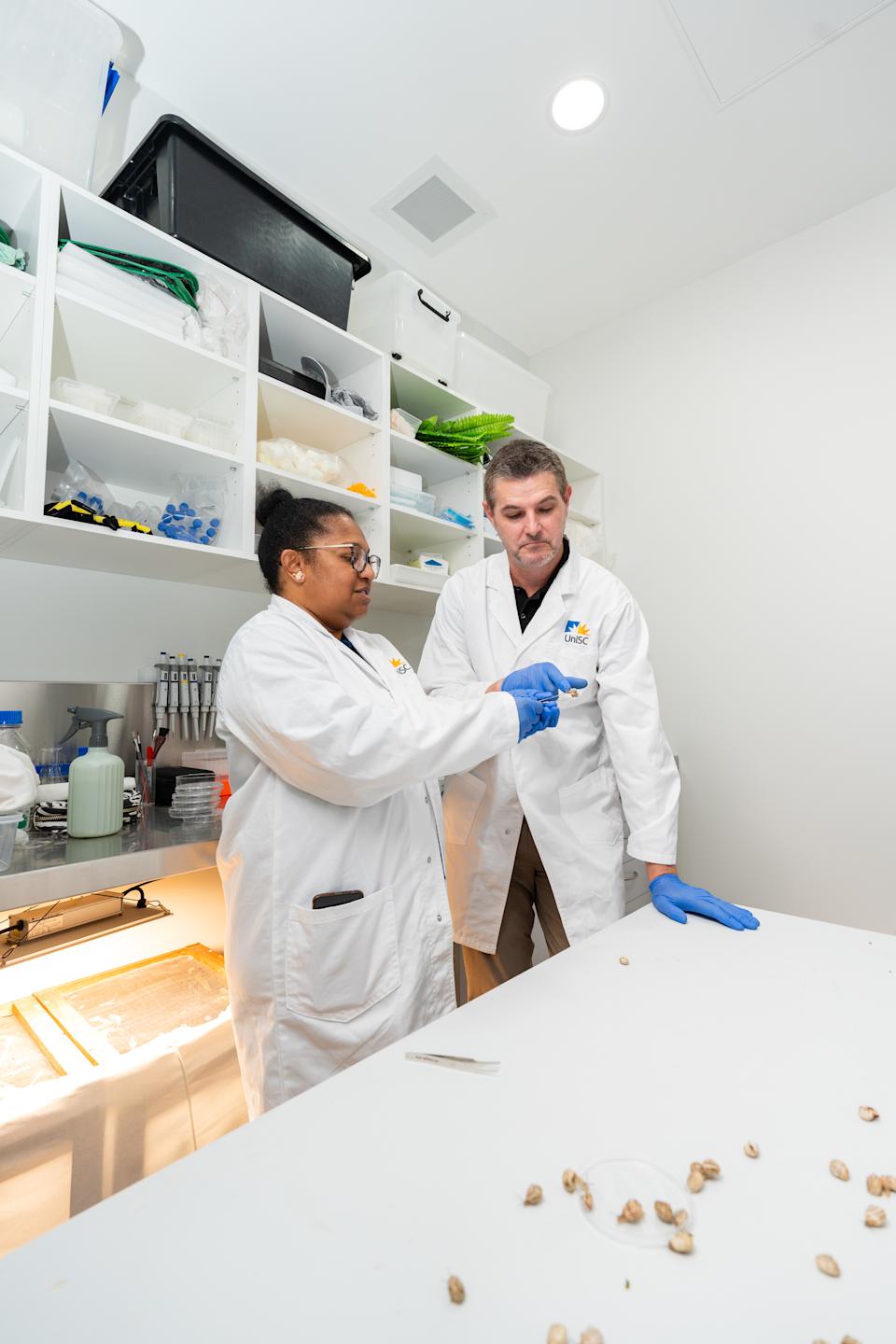Invasive snails that are costing Australia’s grain farmers $170 million a year have mutated and now have resistance to common pesticides. Researchers from the University of the Sunshine Coast were examining the animals’ mucous trails when they discovered an enzyme that can neutralise toxins used in organophosphates.
The university’s Professor Scott Cummins told Yahoo News it was unclear whether the Theba pisana snails, commonly known as the white garden snail, developed resistance to pesticides in Australia, or their native Mediterranean homeland. “It’s only been the last few hundred years that we’ve used pesticides with these chemicals, so the mutation has likely occurred during that period,” he said.
Snails are a major problem for Australia’s grain industry, because not only do they eat the leaves of plants, they also get caught up in processing equipment, contaminating it, and leading to its sale price being downgraded.
Organophosphates, a class of chemical compounds, were first synthesised in the 1800s, and resistance had already been documented in insects, but finding the enzyme in molluscs was “unexpected”. The snails were found to be producing this protein only during their reproductive season, which is up to four months of the year, a time when they’re most active and therefore more exposed to pesticides.
Related: World-first video shows rare captive snail performing ‘remarkable’ act


The researchers did not expect to find poison resistance in the snails they studied. Source: University of the Sunshine Coast
How do we fight invasive snails without synthetic chemicals?
Professor Cummins said controlling pest species is a constant “war” because they continue to adapt to chemicals used to kill them. “Then we develop something else and it goes back and forth,” he said.
To combat the problem, the team are examining whether the venom of spiders, which are a natural predator of snails, could be used as a control. They are testing hundreds of different venoms, with some found to paralyse snails.
Similar investigations are already underway at the ARC Centre of Excellence in Synthetic Biology at Macquarie University, which is investigating using toxins from banana spiders and sea anemones to control mosquitoes.
Other alternatives include genetically engineering mosquitoes so only non-biting males survive, or changing the DNA of species preyed upon by pests so they aren’t harmed. Australia’s national science agency CSIRO has also explored using colour to manage snails, which are surprisingly attracted to the colour red.
Is this poison problem similar to antibiotic resistance?
Professor Cummins said a key to combatting pest species is understanding their biology.
“We’ve been relatively quick just to throw on a lot of chemicals and the snail dies, and that’s a good thing. But if we can understand how they perceive their environment… then we can have more targeted approaches,” he said.
He compares the situation to antibiotics and their overuse, which results in resistant bacteria.
“There’s a lot of research going into alternative antibiotics, but also when you use them as well, and not blanketing them all throughout the year, but using them at targeted times instead,” he added.


Professor Scott Cummins (right) with PhD candidate and lead author Inaliguyau Lutschini (left) examining snails in their lab. Source: University of the Sunshine Coast
What is the impact of widespread chemical use?
The need to explore natural alternatives to chemical and biological controls highlights problems with widespread chemical use on crops. Not only do target species eventually evolve resistance, but they can also kill off other animals that live in the same environment.
The world is currently experiencing a rapid decline in insect populations, roughly 45 per cent in just the last 40 years, according to multiple studies. Not only does their loss harm pollination in agriculture, but it also impacts larger species that prey on them, like migratory birds, bats, and small marsupials.
The study was published in the journal PLOS One.
Love Australia’s weird and wonderful environment? 🐊🦘😳 Get our new newsletter showcasing the week’s best stories.

